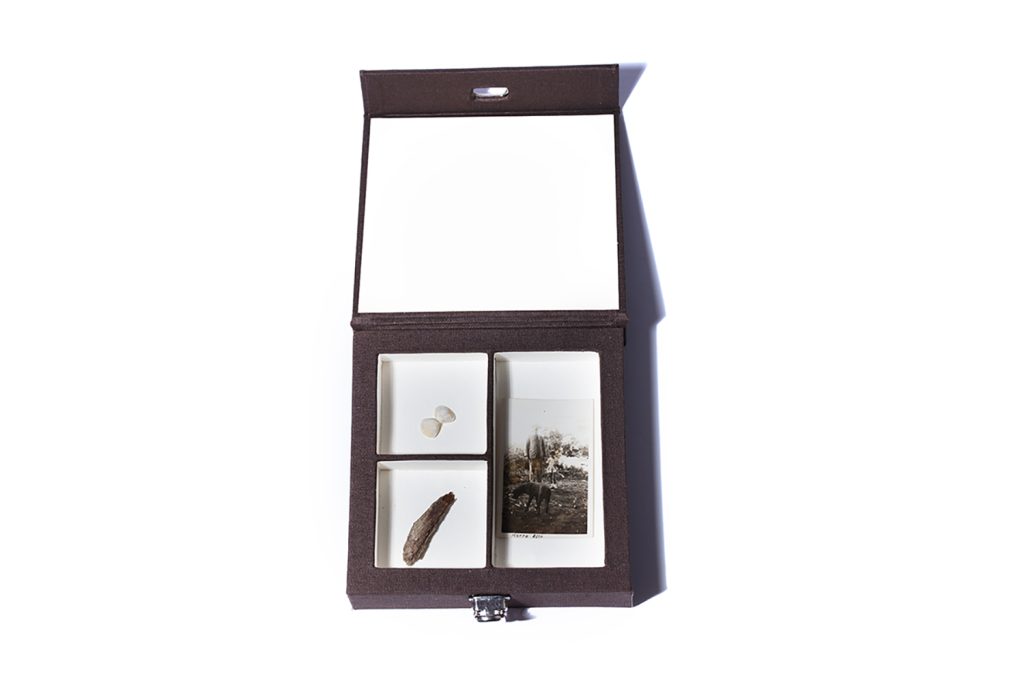PALIMPSEST (2020 - 2024)
Palimpsest explores the encounter between the intimate and the unknown, and it emerges from a single photograph recovered from the ACHO archive in Campinas/SP — a collection that shelters discarded images salvaged from the trash by a group of waste pickers. It is an old, faded photo of a young girl accompanied by a man and a dog. In an era of mass image production, Joan Fontcuberta writes in “La Furia de las Imágenes” (2020) that more important than generating images is to assign meaning and breathe new life into them. Within this context, the project unfolds as an aesthetic and poetic investigation of the anonymous portrait in contemporary photography, focusing on a small fragment of the image — the girl. The research delves into the body of the image and the layers behind it, exploring elements such as memory, dream, and fabulation. The marks and skins of the image’s body are removed — both materially and imaginatively — while new marks and skins are simultaneously created. Fire, water, and other materials are used, in addition to cuts and stitches, in an attempt to answer questions such as: What can a single image do? How many layers lie behind an image? How many memories can be found within the body of an image? How many presences, stories, words, and fabulations can an image evoke? How many metamorphoses can a single image undergo? Fontcuberta sees images as living entities — they are born, grow, die, and return to the cycle of life. When I encountered the photograph of the girl, her absent eyes — faded by time — pierced through me and stirred memories. I wanted to return the image to its time, but we were already entangled: the girl and I. Her gaze locked with mine; her skin stitched to mine; her silence fused with mine; her story intertwined with mine.A girl I do not know, yet who eerily resembles me — the same haircut, the same shoes, the same childhood silence. As I investigate the unknown portrait, I no longer know whether I’m researching her story or mine, whether I’m chasing her memories or my own. Images have the power to blow memories out of the darkness. In this sense, the work understands photographs as living, organic bodies that move through temporal latencies and restore vanished bodies — those who inhabit the image and those who arise from the memories (and new memories) it provokes. Portuguese writer Valter Hugo Mãe, in his book Contra Mim (2020), says that“life is made of constant resurrections".Through this artistic research, I resurrect and construct new memories and meanings for this anonymous portrait, returning it to life — including through sculptures and objects that transcend the frame of the image, much like overflowing memories. The work also draws on visual metaphors, such as tree bark and a butterfly-shaped shell, evoking the photographic paper and the metamorphoses of the image. Palimpsest began during two artistic residencies held at the ACHO archive in Campinas and unfolds into the essay Portrait of an Almost and Always — composed of photographs, small objects, photographic sculptures — as well as poems, videos, and audio pieces.
Technical file: digital photography, objects, photographic sculptures, videos, and audio.
PORTRAIT OF AN ALMOST AND ALWAYS

